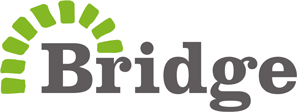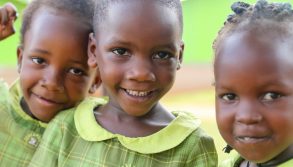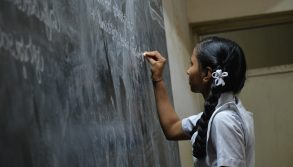The path to gender equality begins with education equality
4 June 2019
The organisation Equal Measures 2030 (EM2030) has just released a major new report looking at gender equality worldwide. The 2019 SDG Gender Index measures the state of gender equality in 129 countries, aligned to 14 of the 17 Sustainable Development Goals and 51 gender equality issues.
EM2030 is a partnership between leading regional and global organisations from civil society and the development and private sectors. Established in 2015, it was formed to coalesce around the Sustainable Development Goals (SDGs) as a springboard from which to increase gender equality.
By providing more and better data and analysis for measuring progress towards SDGs impacting girls and women, EM2030 believe that they can help facilitate real changes in gender equality laws, policies and budget allocations. Tackling systemic challenges is dependent upon data transparency which will enable more effective policies and strategies to be both designed and implemented.
A global problem
The findings of the 2019 SDG Gender Index show that unfortunately, we still have a long way to go; with not one country achieved an ‘excellent’ score on gender equality. The global average for gender equality is ‘poor’ — in part, due to the fact that over 40 per cent (1.4 billion girls and women) are living in countries described as ‘failing’.
Interestingly, the report shows that there’s great variation worldwide between the successes and failures of respective countries. Although there is a general trend of higher income countries outperforming lower income countries; by some measures lower income countries are vastly outperforming higher income countries e.g. the best scoring countries on women’s judiciary and participation in government are in Latin America and Sub-Saharan Africa.
Of the countries where Bridge operates, India comes out ‘on top’ at 95 out of 129, with Kenya following just behind at 97. Uganda is firmly in the middle at 107 while Liberia and Nigeria lag behind, at 121 and 122 respectively. This sadly puts all five countries into the ‘very poor’ category, indicating there’s a lot of work that still needs to be done.
Alongside others, Bridge is committed to helping change this through education, and we’re proud of our results so far. A Department for International Development (DFID) report “Learning in Lagos: Comparing Student Achievement in Bridge, Public and Private Schools” made a landmark finding that at Bridge schools, there is equity of learning. Positive educational opportunities for girls are being replicated in Bridge led and supported schools everywhere: in Uganda for example, Bridge girls have bucked the national trend, coming out as the country’s top performers in the Primary Leaving Exam (PLE). Nationally, boys are 9 per cent more likely to get the best marks. At Bridge Uganda, girls are 5 per cent more likely to get the best mark, compared to Bridge boys. We’ve also achieved parity in our classrooms, enrolling just as many girls as boys across the board. By actively promoting gender equality in our classrooms, we’re helping create a positive foundation upon which improve gender equality.
Focus on the SDGs
Regardless of income levels, the most notable feature of the report is that unsurprisingly—gender inequality is compounded by other factors. Girls and women experience additional disadvantages on the basis of age, income, ethnic or religious identity, geographic location, immigration status, HIV status, and many more factors. The report provides a much needed diversity of data that allows clear picture of the factors influencing gender inequality, thus hinting at some of the remedies.
The report emphasises that a focus on the SDGs can yield positive results. Countries perform best on issues where coordinated and concerted policy focus and funding have been directed towards specific Goals over the past 10–20 years. This suggests that the SDGs are providing an effective framework for measuring progress and tackling gender inequality, and that governments should use them as touchstones for policy making.
Education is power
In addition to the United Nations Population Fund calling gender inequality the “obstacle underlying all others,” UNESCO is explicit is stating that gender inequality and education are ‘inextricably linked’. Further, the United Nations Girls Education Initiative argue that educating girls is a “catalyst for change in the lives of women, their families, communities and the world,” adding: “Educating girls and promoting gender equality are key for the world to deliver on all the SDGs.”
While gender inequality is a multifaceted issue with no single solution, it’s clear that the path to gender equality must begin with education equality. Through education many of the other obstacles facing girls are greatly diminished, and an educated girl goes on to become an educated woman who can help increase the prosperity of her family and community. A educated woman will live with more autonomy, have better choices and possess the ability to determine her own path in life. A society built with women like this, will inherently become a more equal society.









